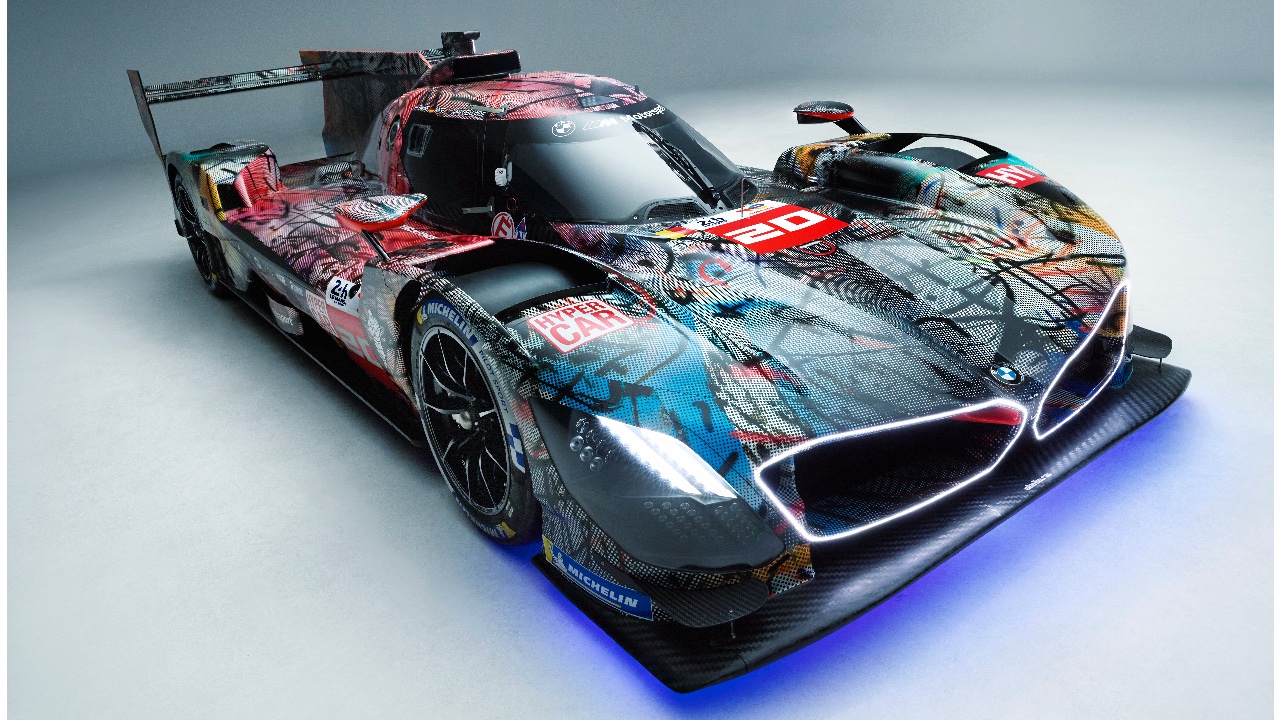
Julie Mehretu’s BMW M Hybrid V8 Art Car
In the heart of Paris, at the iconic Centre Pompidou, the air buzzed with anticipation. Art lovers, racing enthusiasts, and curious onlookers gathered, all drawn by the promise of a unique revelation. This was no ordinary exhibit; it was the world premiere of Julie Mehretu’s BMW Art Car, the 20th in a storied lineage that melds the worlds of high art and high performance.
Designer: BMW + Julie Mehretu
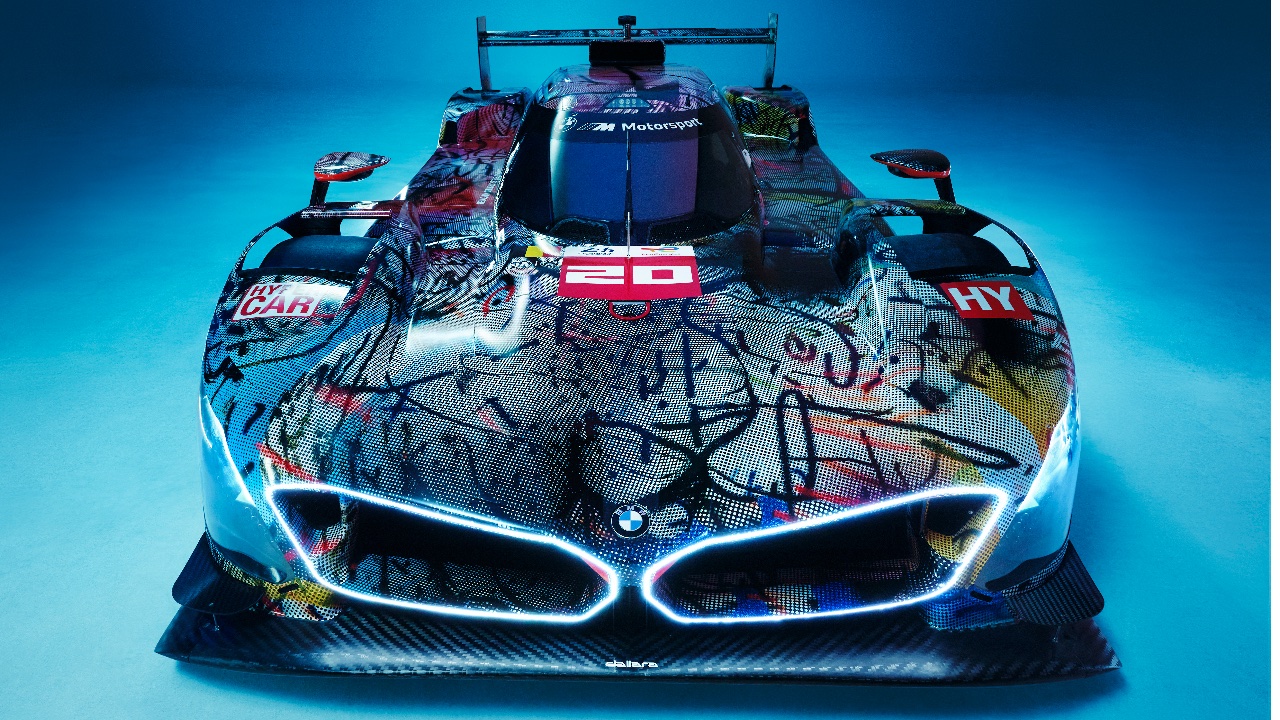
Julie Mehretu’s BMW M Hybrid V8 Art Car Art Car
Julie Mehretu, renowned for her expansive, intricate canvases, stood before the crowd, her excitement palpable. She had transformed the BMW M Hybrid V8, a machine of sheer power and precision, into a dynamic piece of art. This wasn’t just a car but a performative painting set to race in the legendary 24 Hours of Le Mans.
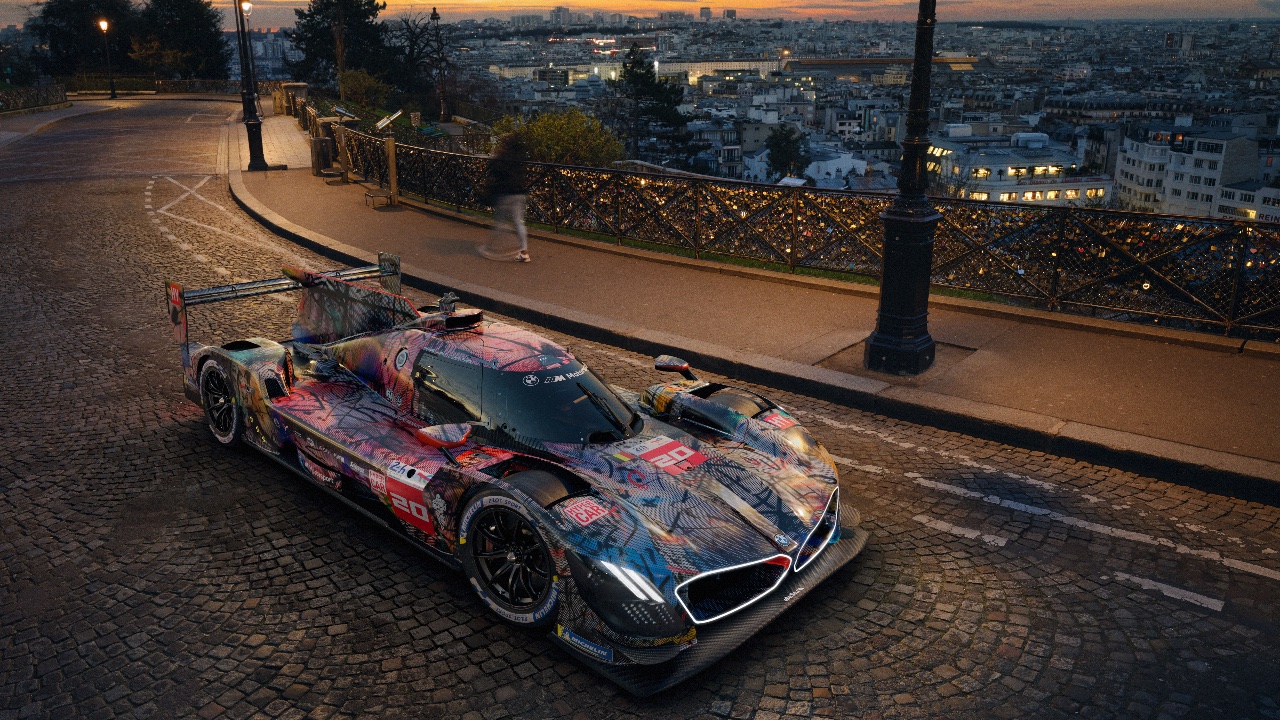
As the cover was pulled off the car, I can only imagine the gasps rippling through the audience. The vehicle’s surface was a riot of colors and forms, inspired by Mehretu’s monumental painting “Everywhen.” She had digitally altered photographs, layering dot grids, neon veils, and her signature black markings to create a three-dimensional masterpiece. This artwork was not confined to a gallery but was destined for the grueling, high-speed arena of Le Mans.
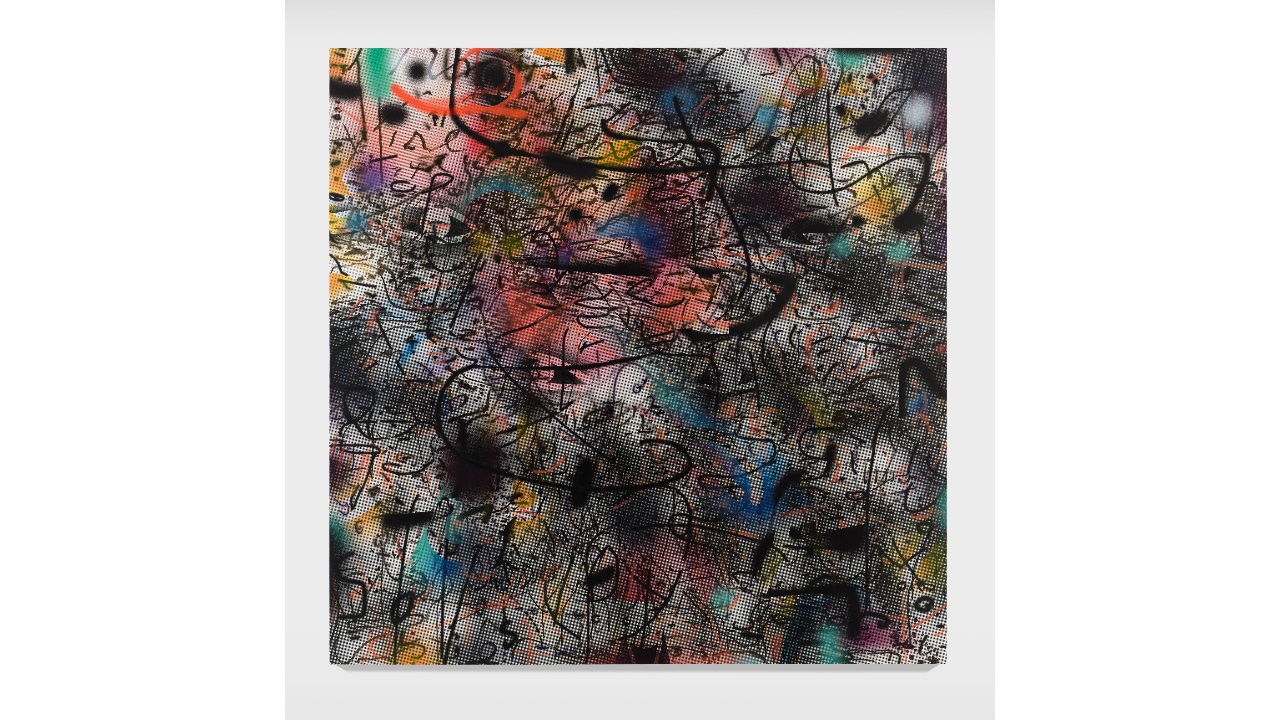
Mehretu’s painting “Everywhen”
In her studio, surrounded by sketches and digital models, Mehretu had envisioned the car as it would appear at breakneck speeds, the colors and shapes blurring into an exhilarating visual experience. “I imagined the car as if it had raced through my painting,” she explained. “I wanted it to seem like the car had absorbed the painting, transforming into something new and dynamic.”
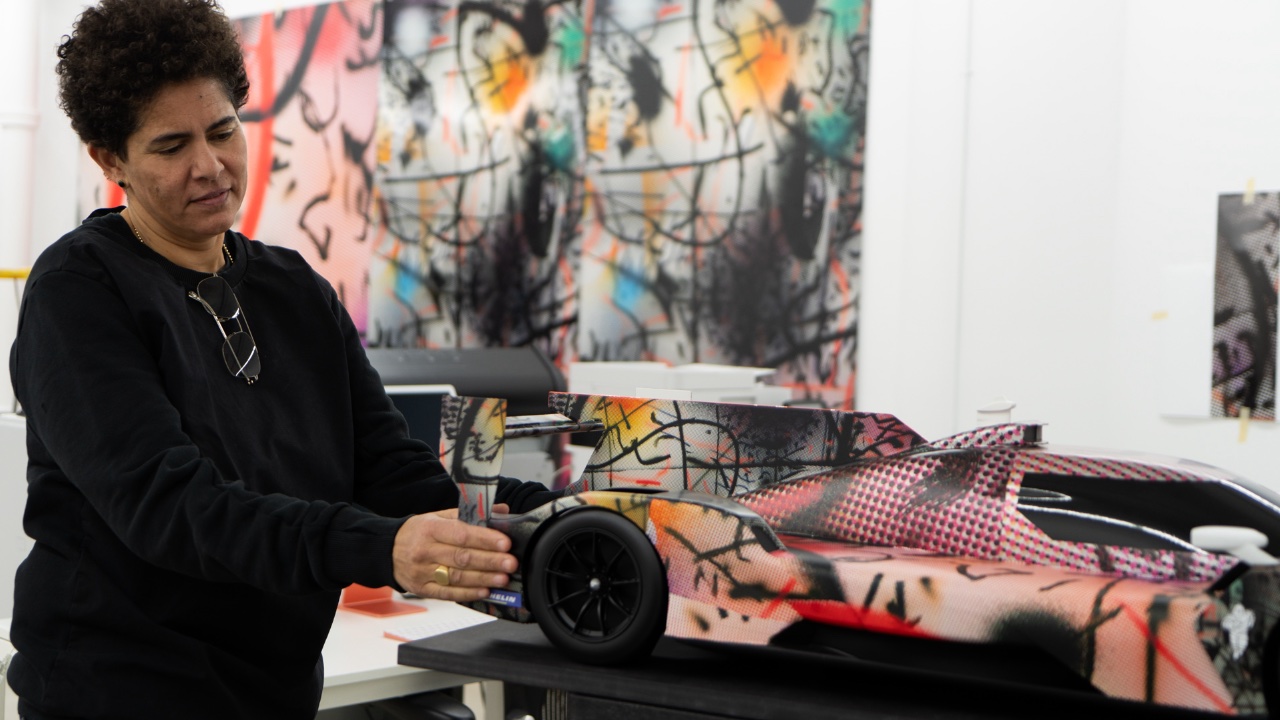
This vision of speed and art was more than a personal achievement; it was a continuation of a legacy. The BMW Art Car series began in 1975 when French racing driver Hervé Poulain commissioned artist Alexander Calder to paint his car. Over the years, this intersection of art and motorsport has attracted legends like Andy Warhol, Roy Lichtenstein, and Jeff Koons, each artist bringing their unique perspective to BMW’s high-performance vehicles.
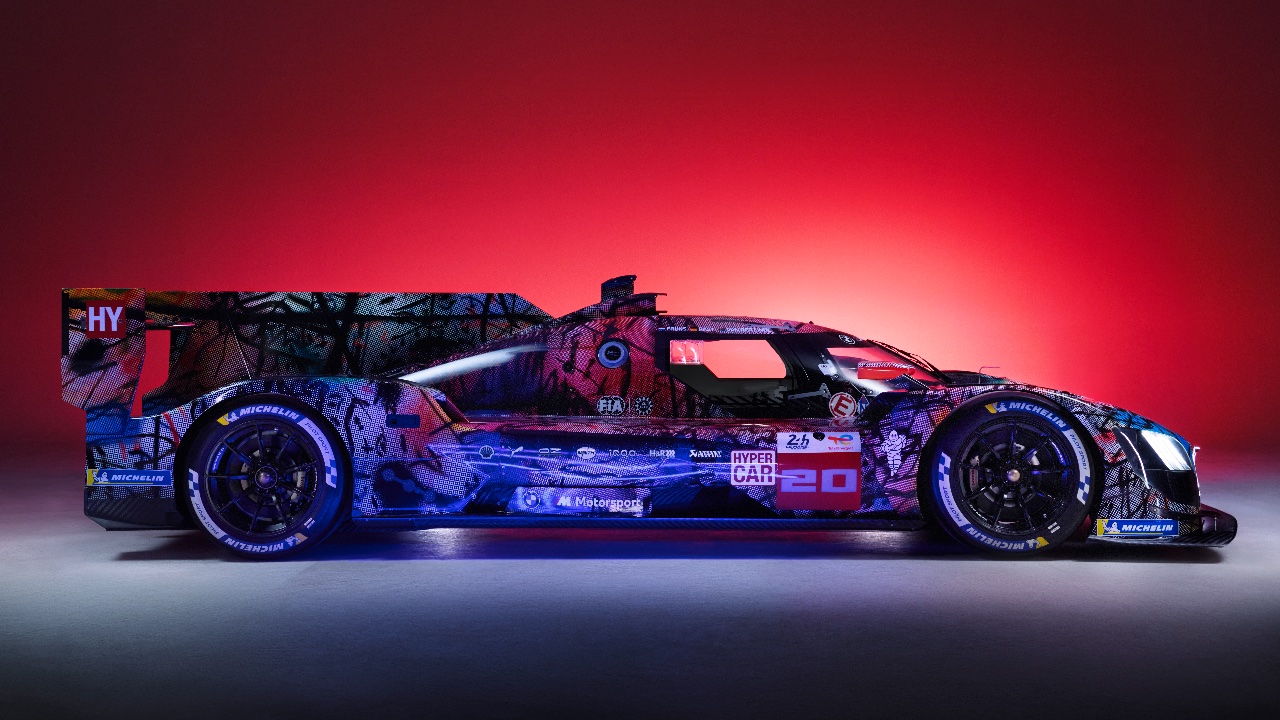
Julie Mehretu’s BMW M Hybrid V8 Art Car Art Car
Mehretu’s creation stood proudly among these iconic predecessors. Her Art Car showcased her artistic ingenuity and the technical brilliance of the BMW M Hybrid V8. Underneath the vibrant exterior lay a hybrid electric drivetrain capable of producing 640 horsepower and reaching speeds of 345 km/h. This blend of art and engineering made the BMW Art Car series so compelling.
In the weeks leading up to Le Mans, the car stopped at the Concorso d’Eleganza at Villa d’Este, where it was displayed alongside other historic BMW Art Cars. As Mehretu presented her creation, she spoke of the collaboration between artist and engineer, of turning a race car into a canvas that captured the essence of movement and energy.
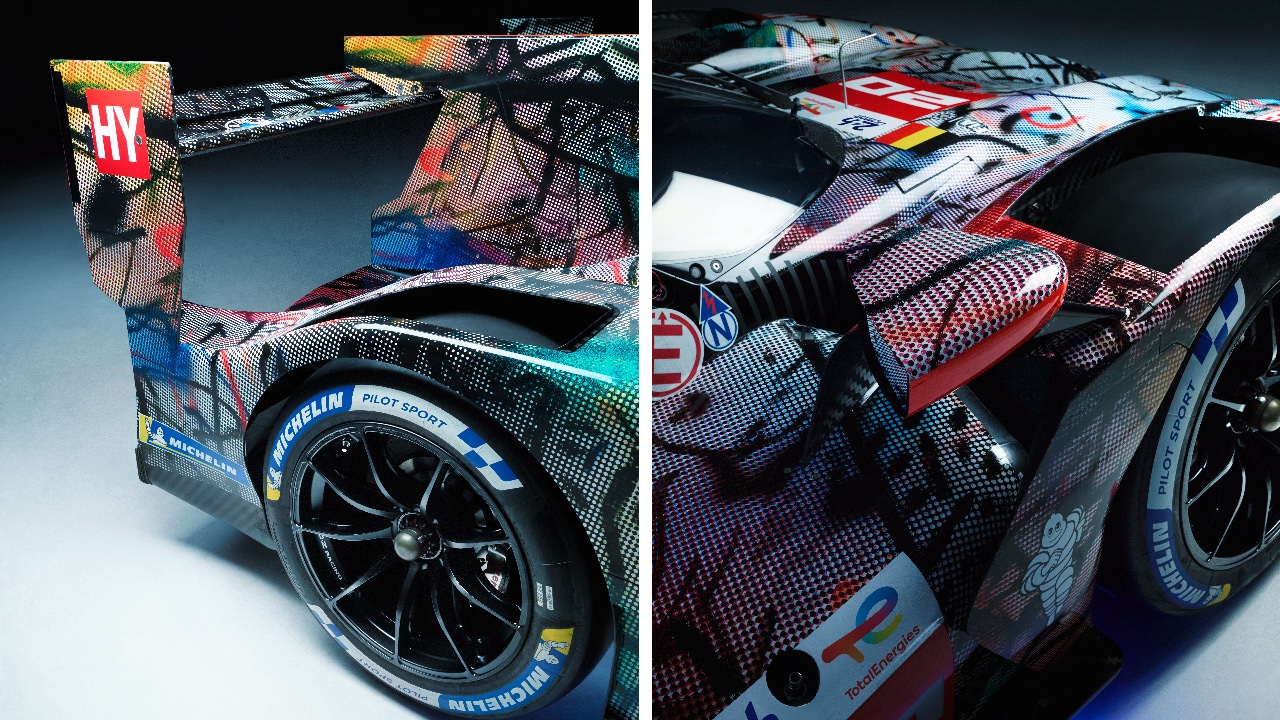
Mehretu’s process of envisioning the Art Car involved imagining the physical and emotional experience of racing at high speeds. In her studio, she surrounded herself with sketches and digital models, immersing herself in motorsport and engineering. Her goal was to create a car that would not only perform on the track but also convey a sense of kinetic energy and fluidity through its design.
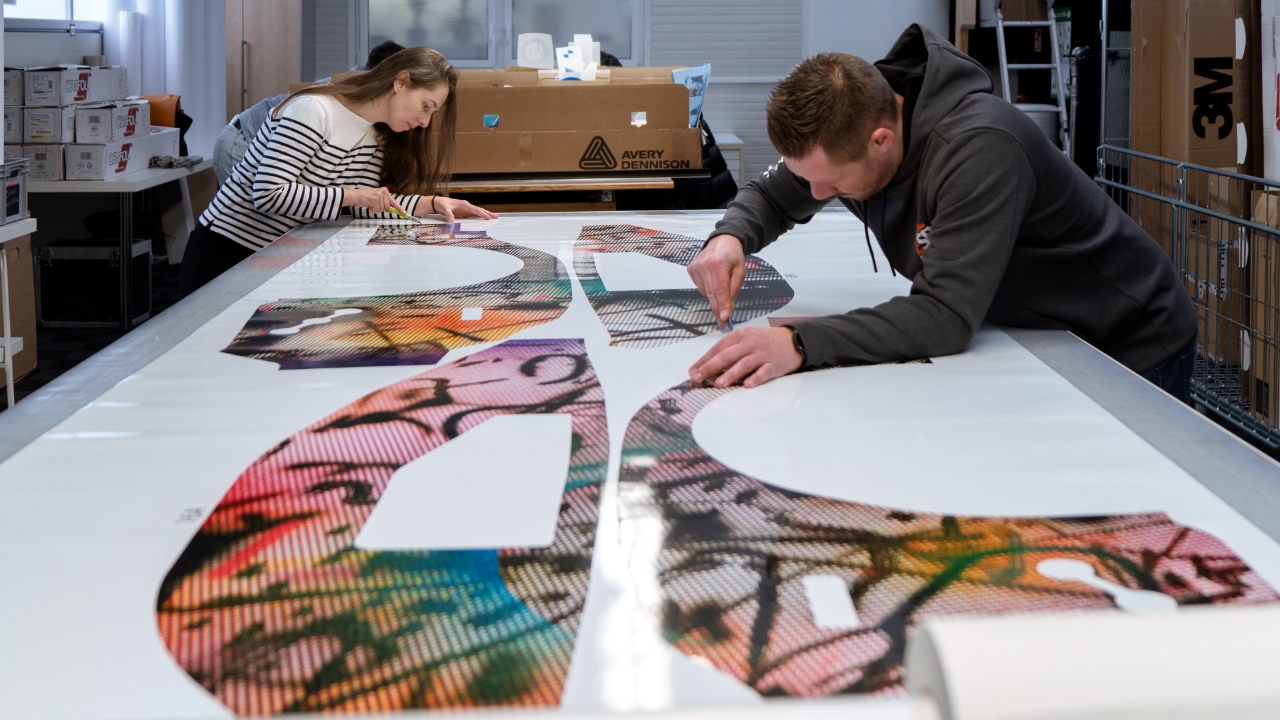
“I wanted the car to feel as if it had raced through my painting,” she said, highlighting her desire to merge art and performance. Mehretu’s artistic vision was to make the car appear as though it had absorbed the painting, transforming it into something new and dynamic. This transformation was visual and conceptual, as the car embodied the fusion of speed, art, and technology.
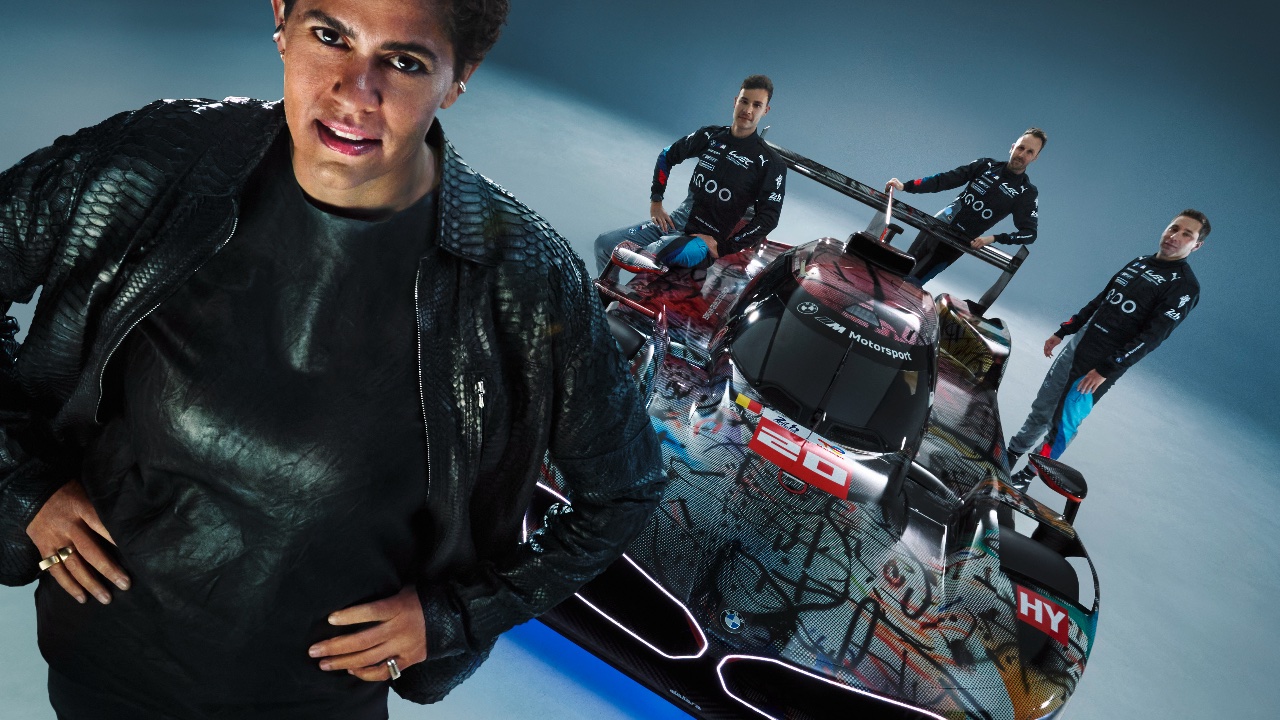
The car’s design elements—digitally altered photographs, layered dot grids, neon veils, and black markings—were meticulously chosen to create a sense of movement and energy. These elements, characteristic of Mehretu’s work, were applied to the three-dimensional surface of the car using 3D mapping technology. The result was a vehicle that seemed in perpetual motion, even stationary.
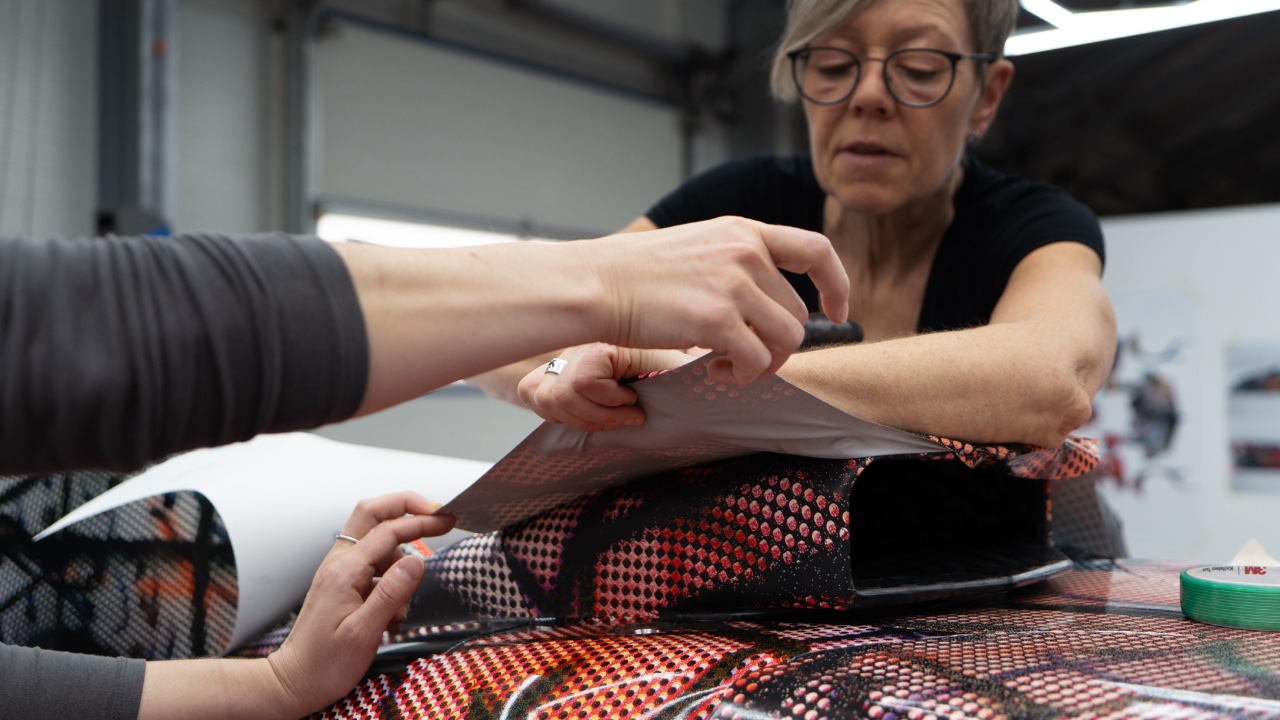
But the story didn’t end there. Mehretu’s involvement with BMW extended beyond the racetrack. She and the automaker had launched the PanAfrican Translocal Media Workshops, a series of events to nurture young artists across Africa. These workshops, set to tour cities like Dakar, Marrakech, and Cape Town, would culminate in a grand exhibition at the Zeitz Museum of Contemporary Art Africa. The fusion of art, technology, and social responsibility would inspire a new generation of creators.
Leading up to Le Mans, Mehretu’s BMW Art Car made an appearance at the Concorso d’Eleganza at Villa d’Este. This prestigious event, held on the picturesque shores of Lake Como, brought together a collection of historic and contemporary BMW Art Cars. Here, the 20th Art Car stood alongside works by Alexander Calder, Frank Stella, Roy Lichtenstein, Andy Warhol, Jenny Holzer, and Jeff Koons. Each of these artists had left their mark on BMW’s vehicles, creating a lineage of art that celebrated innovation and creativity.
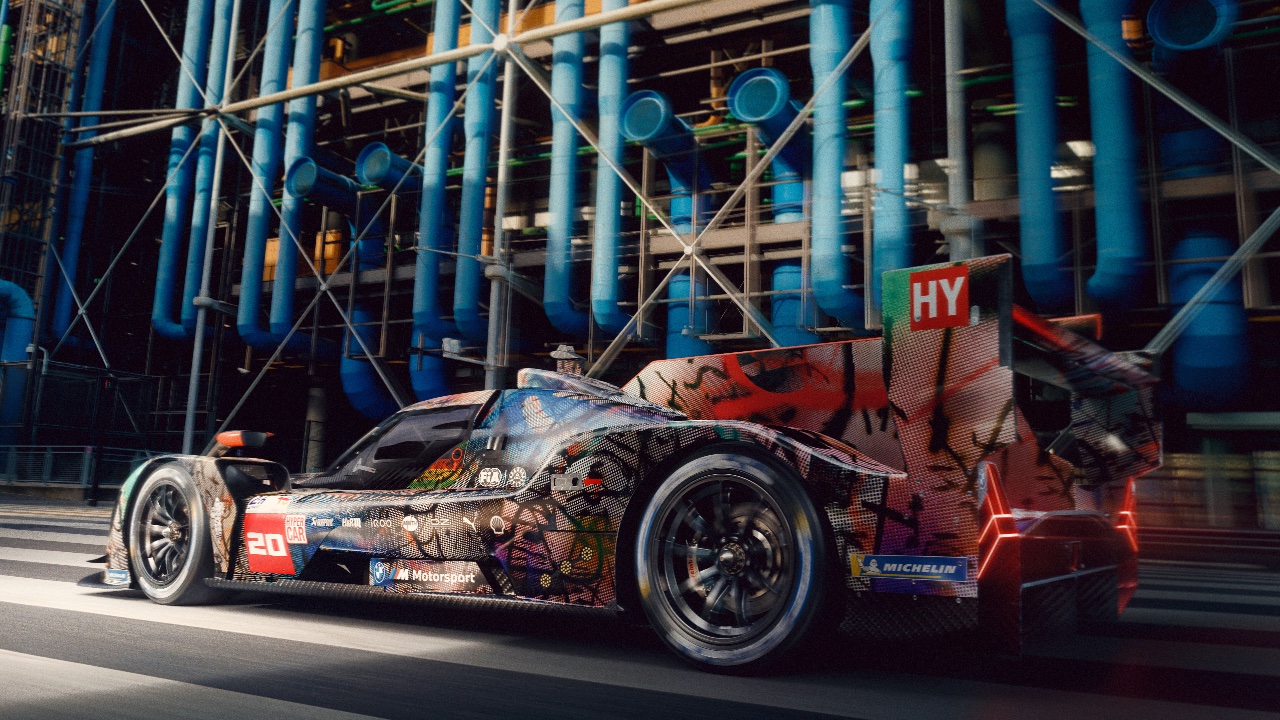
In a special presentation, Julie Mehretu discussed her creation with Adrian van Hooydonk, Head of BMW Group Design. Their conversation delved into the process of transforming a race car into a performative piece of art, highlighting the collaborative effort between artist and engineer. Mehretu reflected on her experience at Daytona, where she witnessed the BMW M Hybrid V8 in action, feeling the power and precision that would soon bring her art to life on the racetrack.
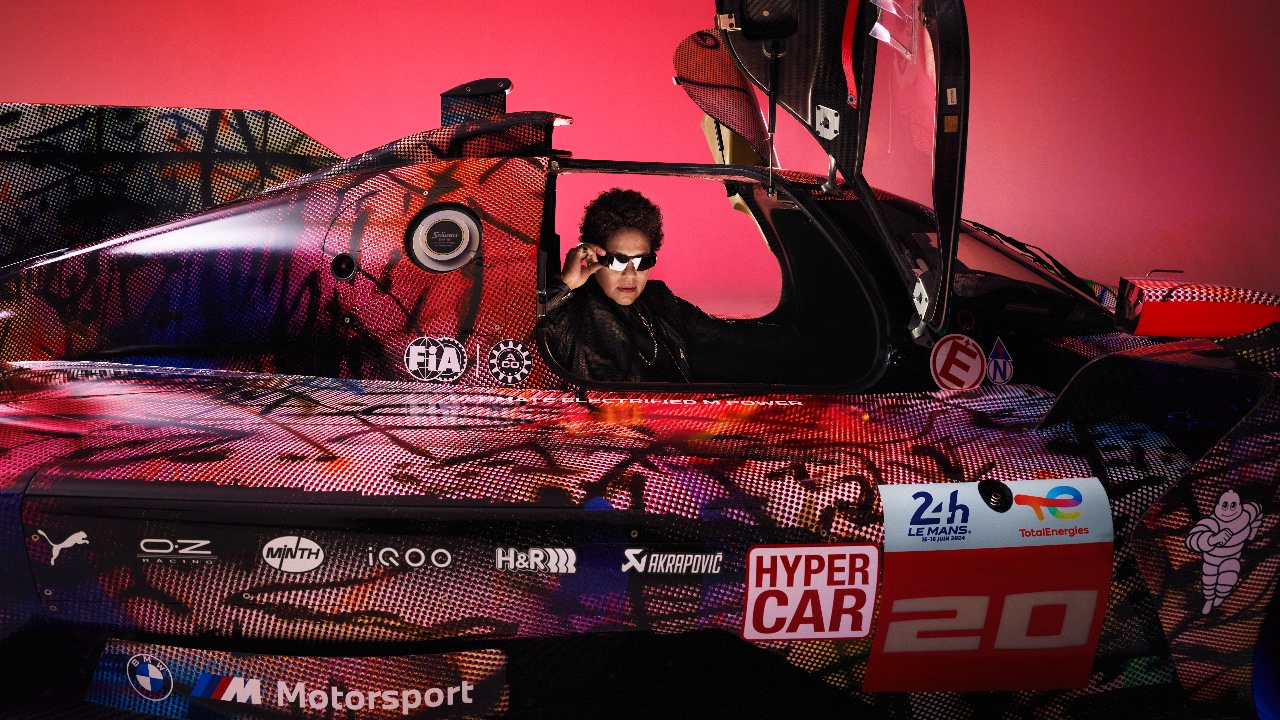
Julie Mehretu’s BMW Art Car symbolizes artistic and technological synergy. As it sped down the track at Le Mans, the vibrant colors and dynamic forms would blur into a visual spectacle, capturing the essence of art and speed. This Art Car exemplified the power of creative collaboration and the enduring legacy of the BMW Art Car series, a tradition that continues to push the boundaries of what is possible in the worlds of art and motorsport.
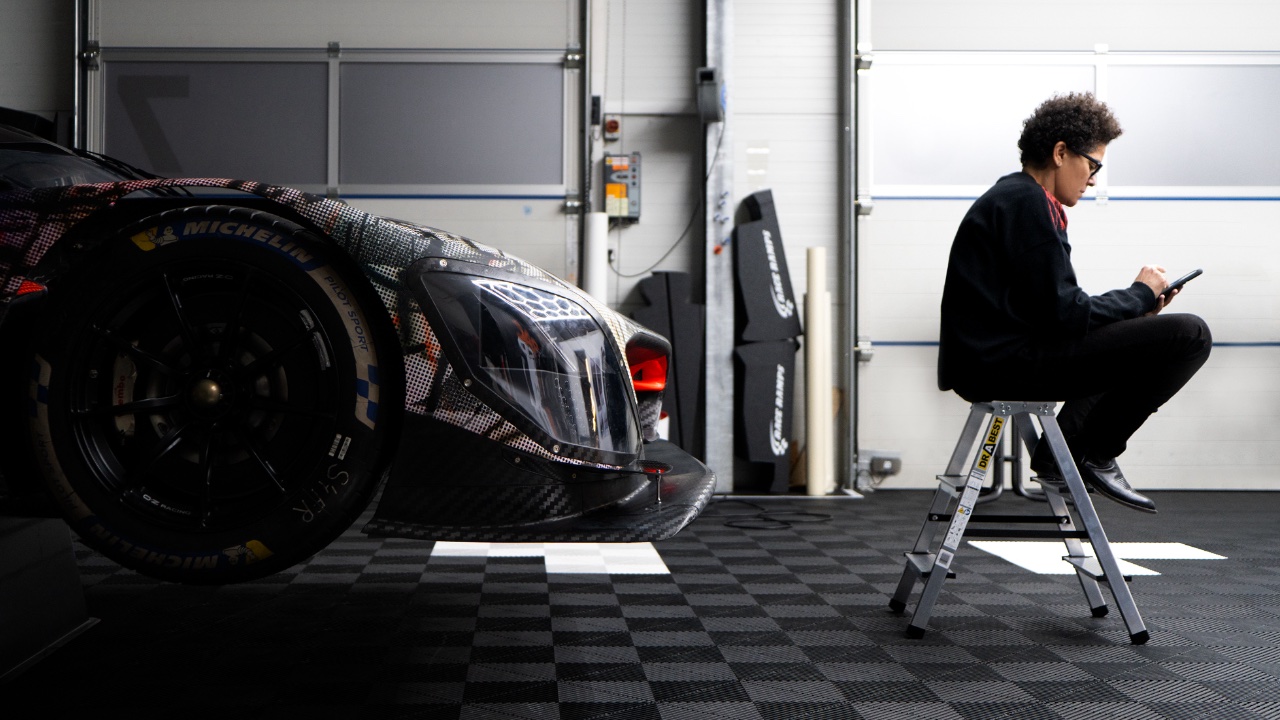
The post The Art of Speed: Julie Mehretu’s BMW M Hybrid V8 Art Car first appeared on Yanko Design.
from Yanko Design

0 Comments